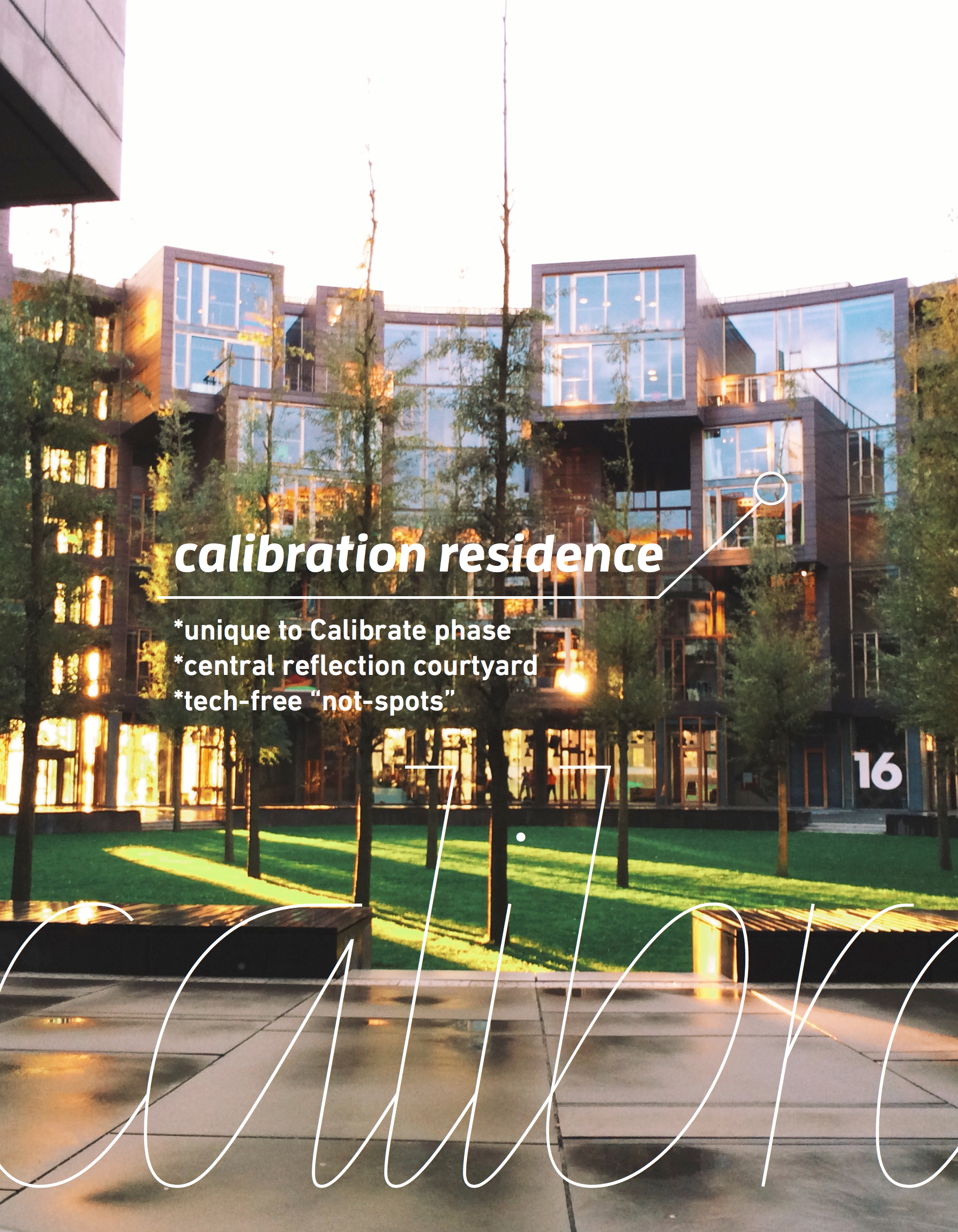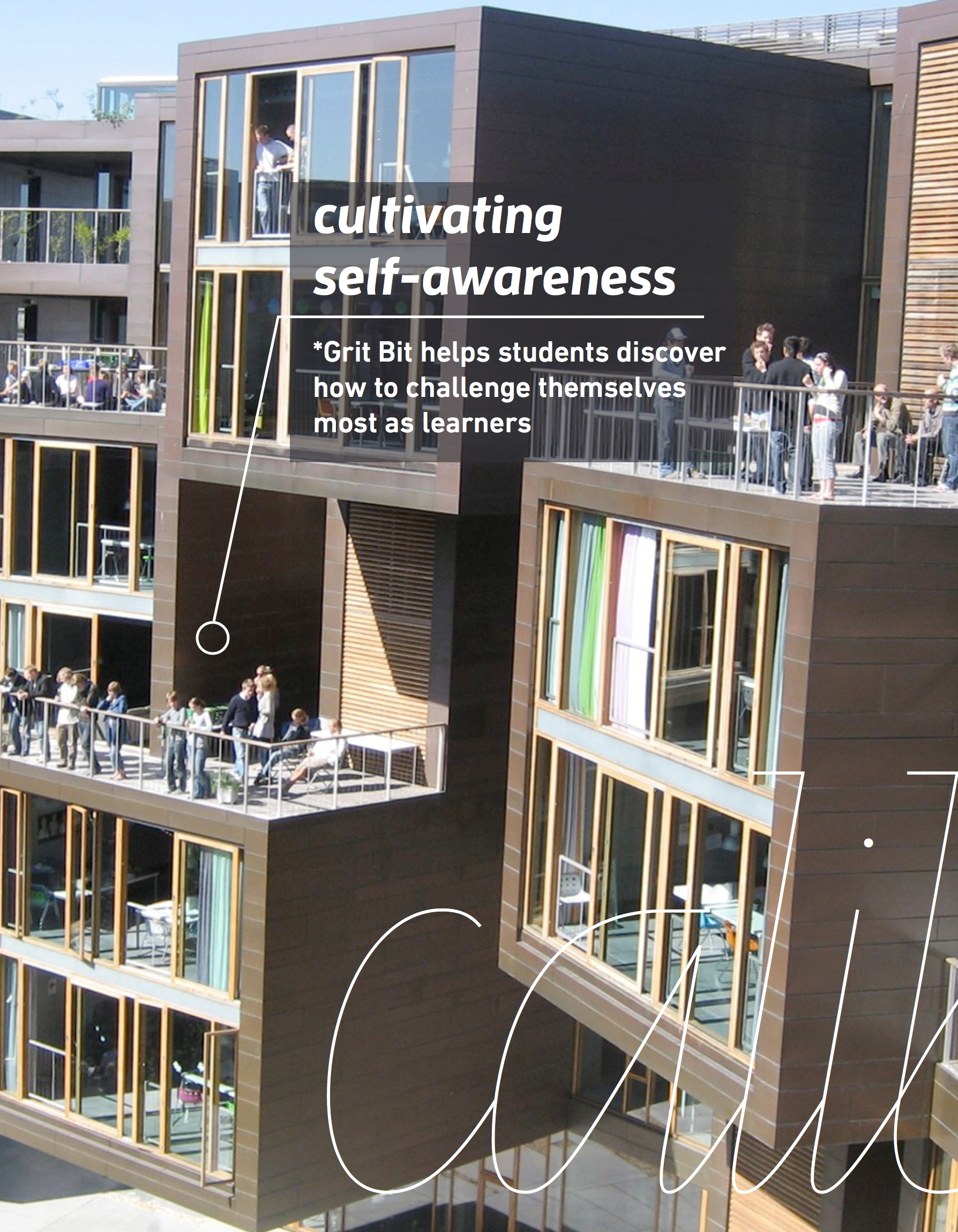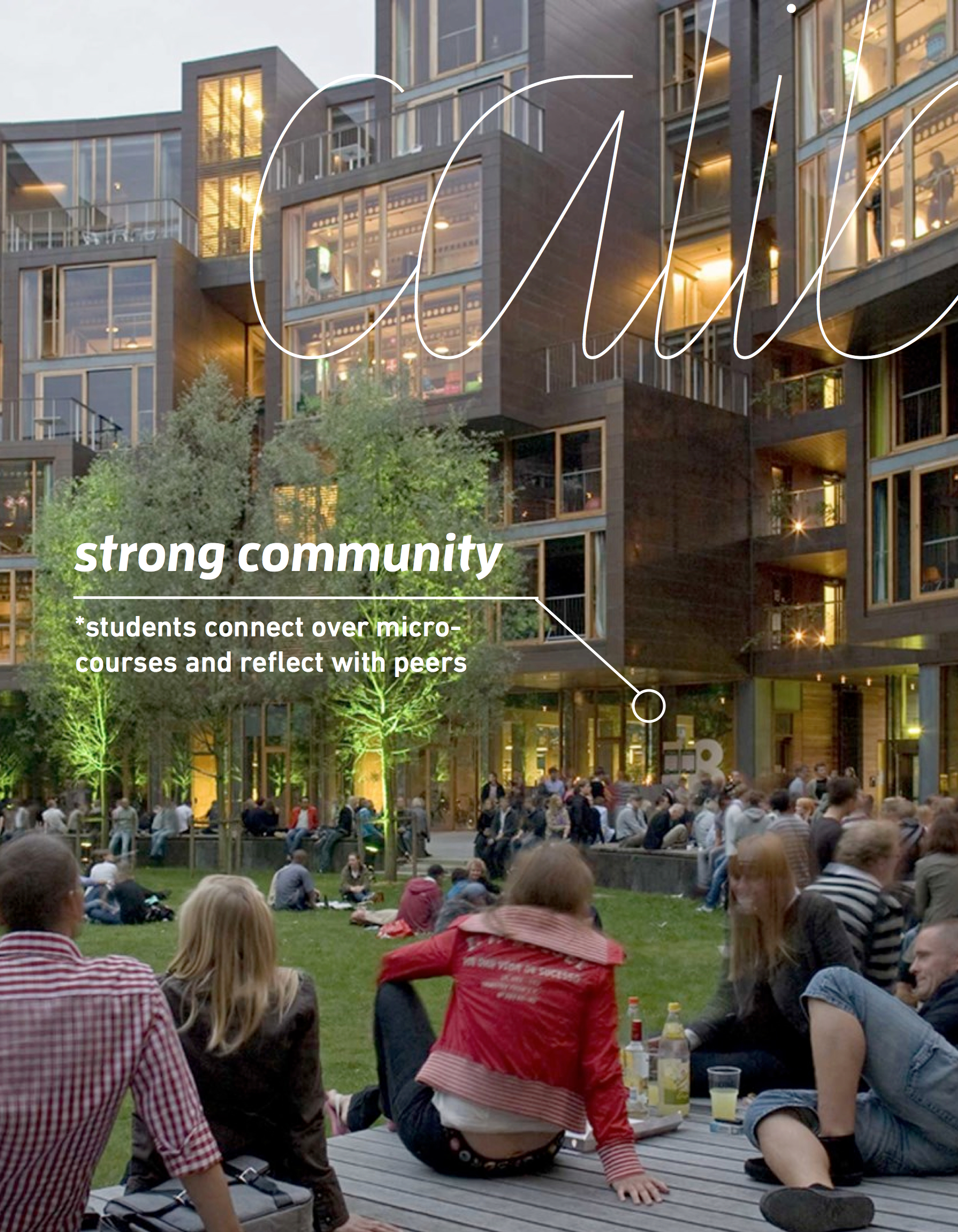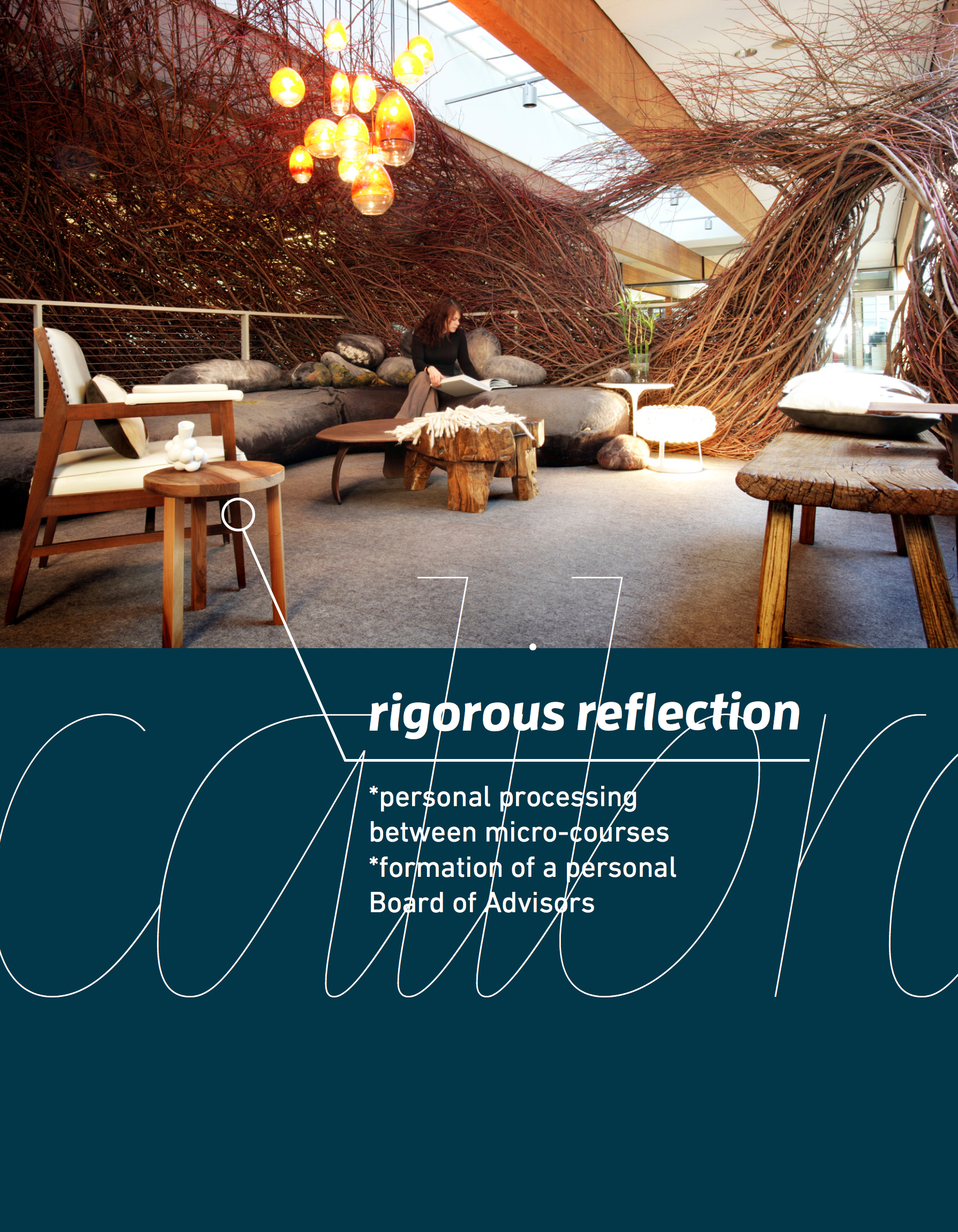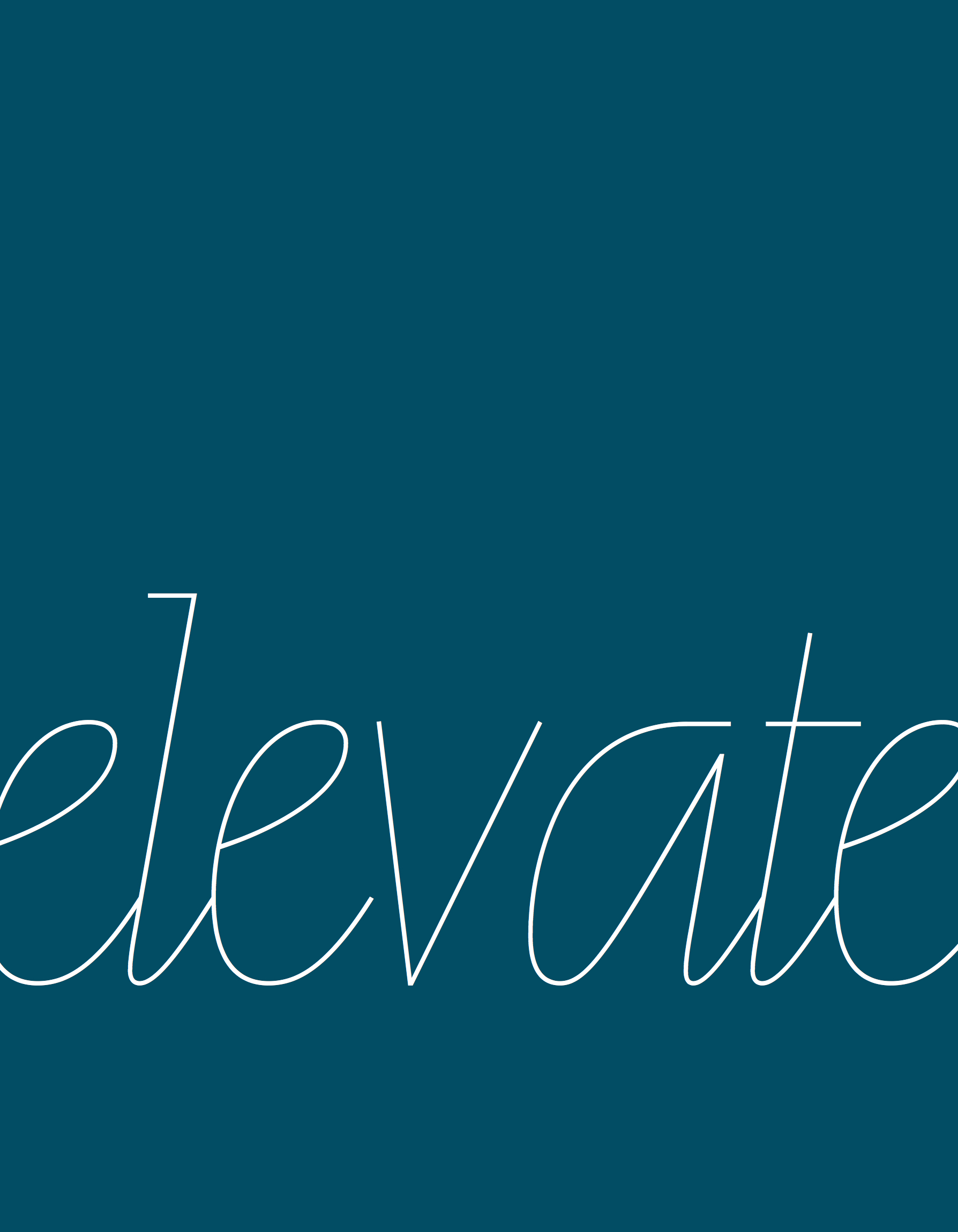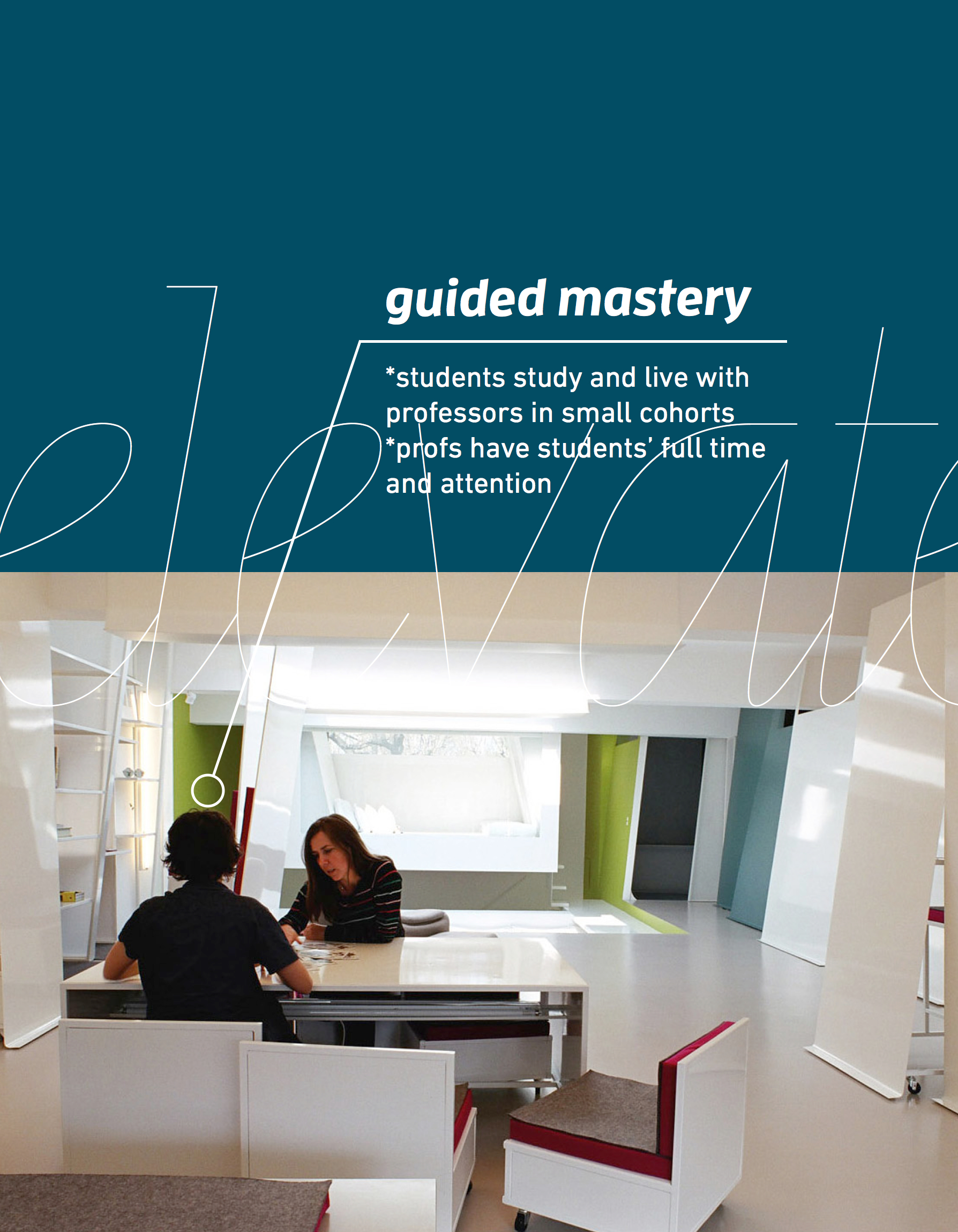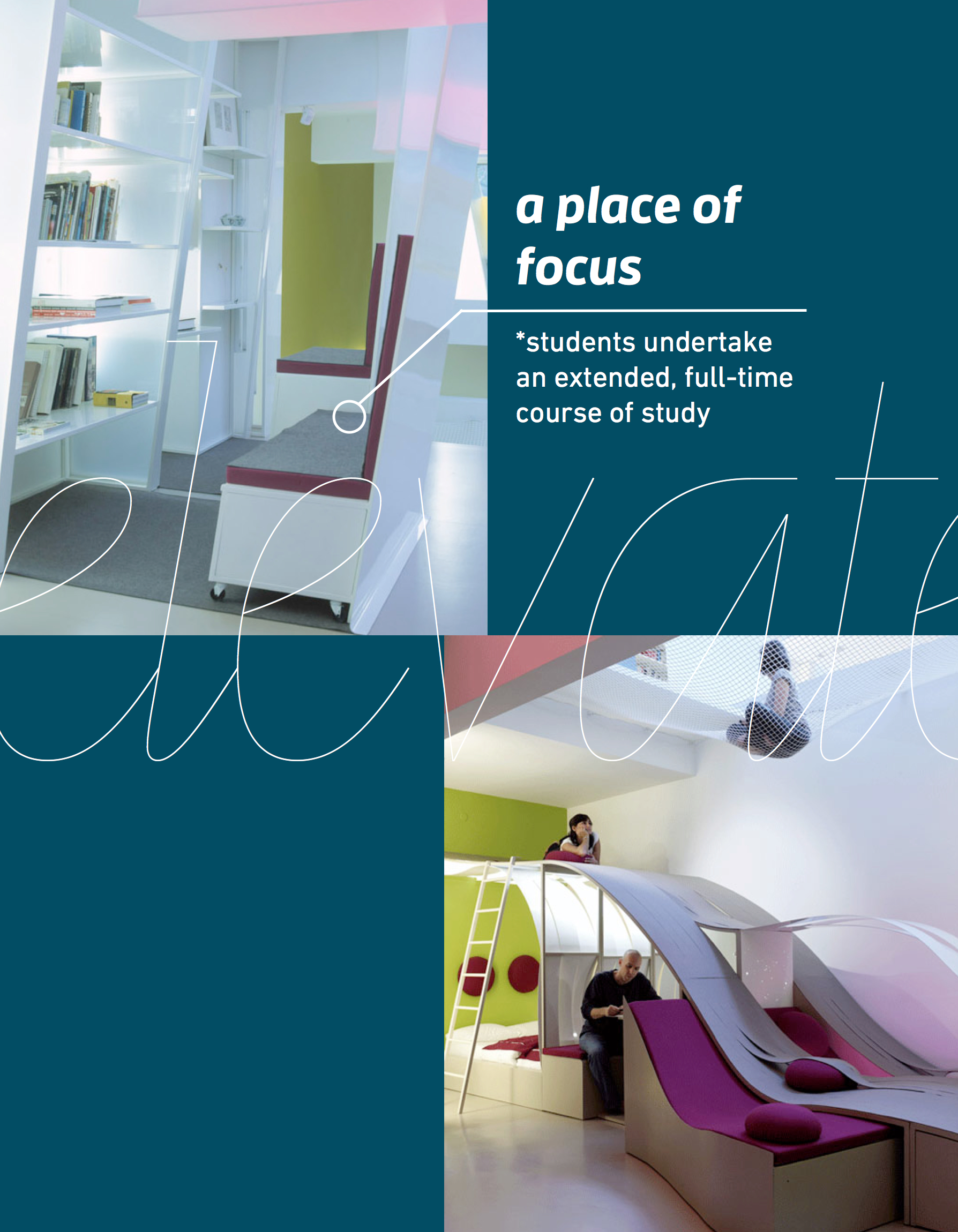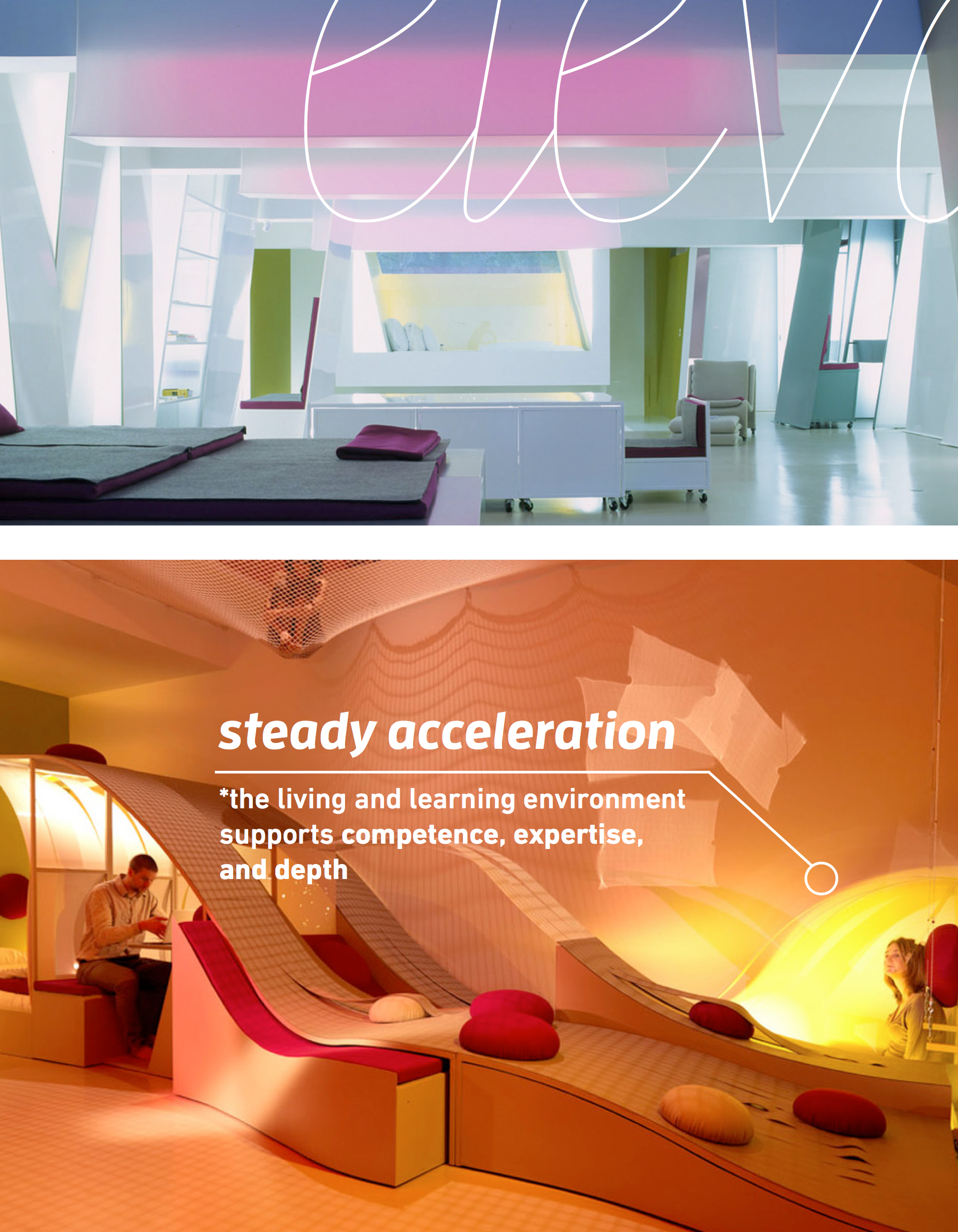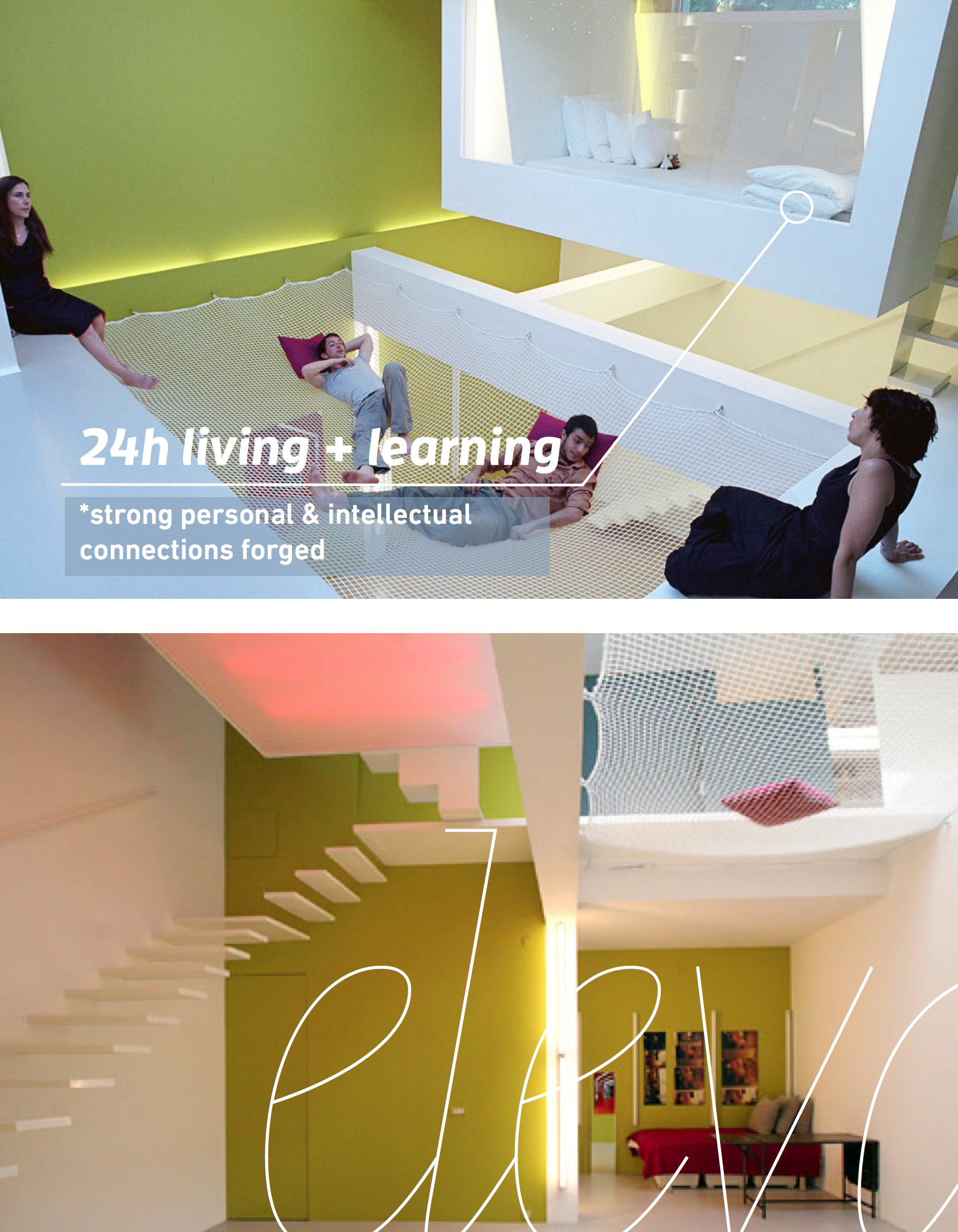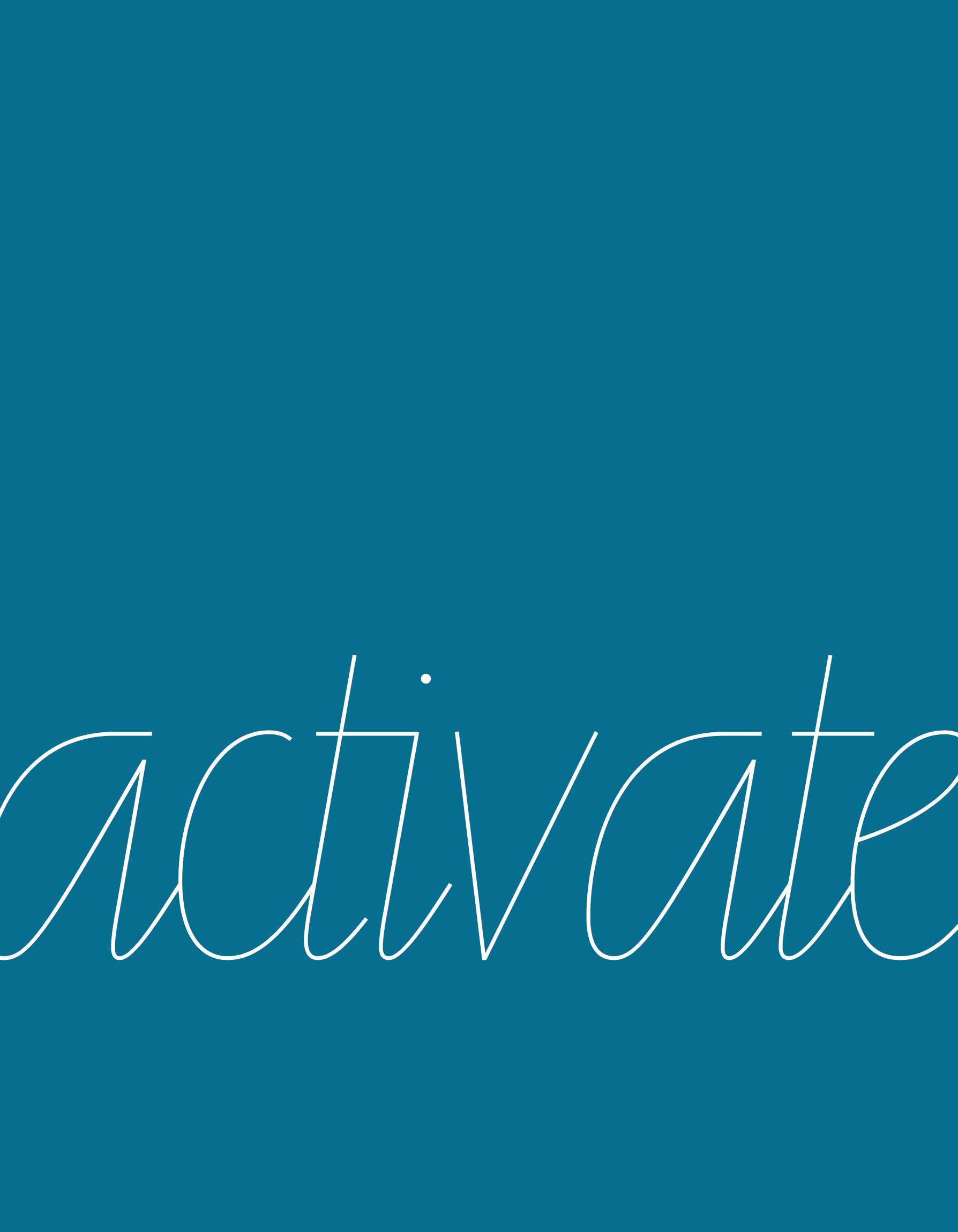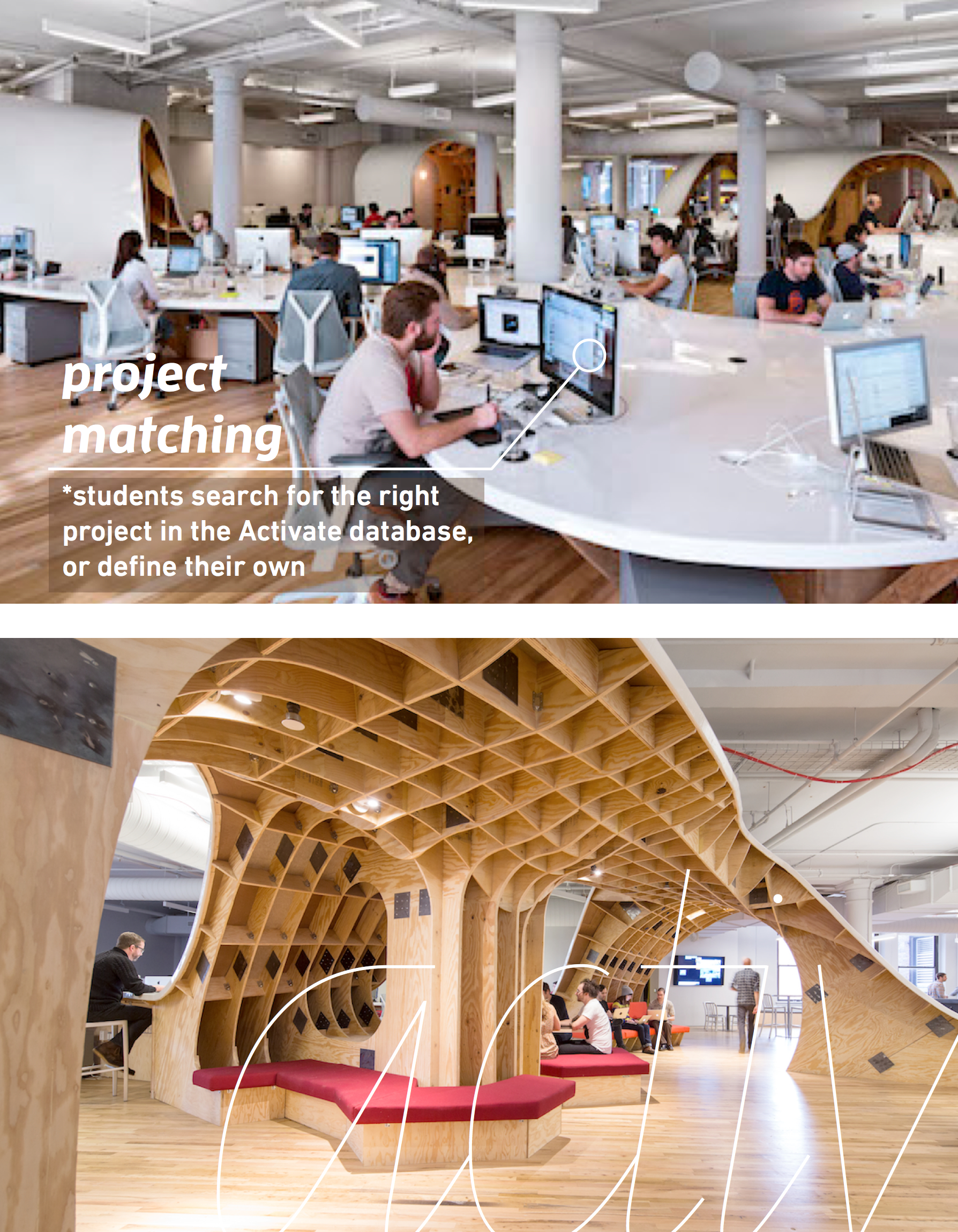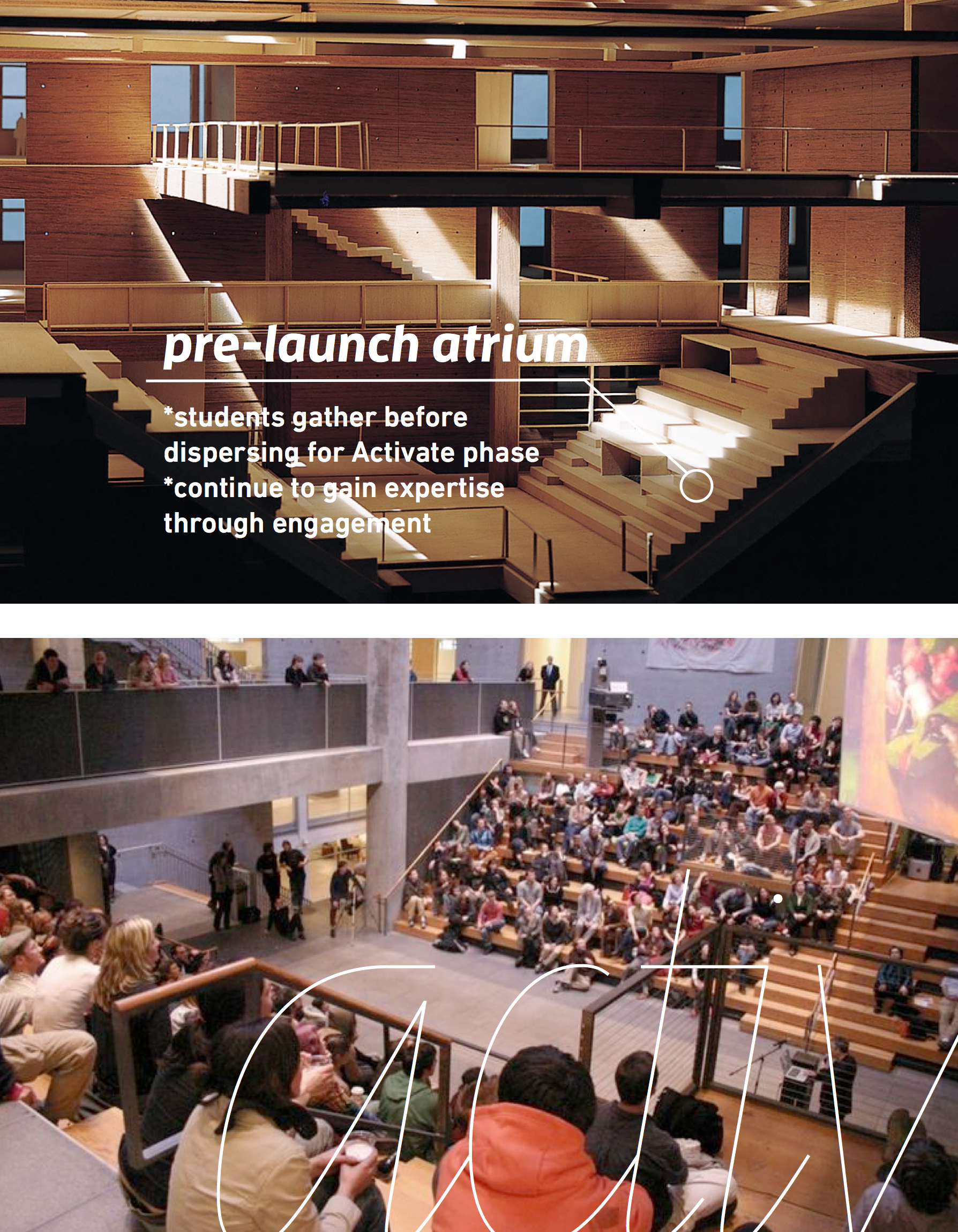Watch an Overview of Paced Education
ARTICLE 67
Grit Bit & Growth Grid
Organic Semiconductors, & Molecular electronics, Acetate Applicator
Applied as a temporary tattoo, even these early 1st generation Grit Bits were able to provide context around learning goals, helping students become self-aware, adaptable learners.
The original Grit Bit tracked stress & mood, physical & social activity, and location. Detailed data were available only to the individual student, while a small amount of anonymous aggregate data were available to the university on an opt-in basis.
Student Growth Grids (displayed here on Apple iPads—early "tablet" computers) were used to set learning goals, place them in context, and set activity reminders; allowing students to reflect on the conditions contributing to their learning progress and to experiment with new ways to learn and live.
Watch Video of Tania Anaissie explain Grit Bits.
Grit Bits available for Time Travelers to take home
Future Docent explains Grit Bit to Time Traveler
ARTICLE 64
Calibration Dashboard
Digital interface snapshot showing learning goals and micro-courses
During the Calibration phase, every student had a personalized dashboard to set, track, and reflect upon their learning goals. Because the goal of Calibration was for each student to learn how they learn best, students were tasked with setting learning goals every week. These goals included mastery of specific skills, practice with different styles of learning, attempts at new solo and collaborative behaviors, as well as experience in occupational situations.
Shown here is a snapshot of one student’s Calibration dashboard from the week of May 1, 2025. Note she’s attempted each learning goal to some degree. Following the dashboard is the series of micro-courses she enrolled in to further attempt her learning goals. Each micro-course mapped to a specific goal.
Watch Video Kelly Schmutte explain Micro Courses
Watch Calibration Dashboard Demo
ARTICLE 12
Cognitive Biofeedback Mirror
Human presence sensor, chemical barrier, digital readout
As students began to feel the benefits of Calibration via hyper-adaptive and responsive monitoring devices like the Grit Bit and Calibration Dashboard, numerous startups sprang up in the nascent domain. The Cognitive Biofeedback Mirror, often nicknamed the “Hormone Mirror,” was the flagship product of one such company led by early 21st century student Jesse Day.
The hormone mirror was an early attempt at modern bio-mnemonic calibration. After selecting their academic courses and extra-curricular engagements, students would periodically check in with the hormone mirror to determine if any changes needed to be made to optimize mental, emotional, and physical well being.
The hormone mirror was first implemented at Stanford in 2020, after it was found that the cortisol (stress hormone) level was so high in the undergraduate population that it was inhibiting the function not only of serotonin (happiness hormone) but also of dopamine (reward hormone), which is a key indicator of learning.
Watch Video of Jess Munro use a Cognitive Biofeedback Mirror
ARTICLE 17
Selecting A Personal Board of Advisors
Recovered time capsule photograph
The transition moment between one’s Calibration and Elevation phase was characterized by a famed experience, fondly referred to as “The Meeting,” with one’s Personal Board of Advisors. It was the collective decision of the group whether the student had self-calibrated and was prepared to move into a phase of deep focus in Elevation.
This photograph was recovered from the time capsule of the first group to pilot the Personal Board of Advisors. A new concept at the time, this group of mentors, coaches and confidantes was designed to provoke, challenge and celebrate the student in his or her learning journey.
Watch Video of Tania Anaissie explain Personal Board of Advisors
ARTICLE 59
New Spaces for Living and Learning
Digital diorama of phase-specific living and learning quarters
When Stanford transitioned to Paced Education and formatted its educational experience into 3 distinct phases of Calibration, Elevation, and Activation, it also rebuilt and repurposed the space on campus.
The images here depict spaces that were tailored to the distinct needs of students and faculty in each phase. Stanford became known for pioneering elegant and innovative new architectural designs that were mode-specific.
Watch Video of Kelly Schmutte explain Calibration Spaces

